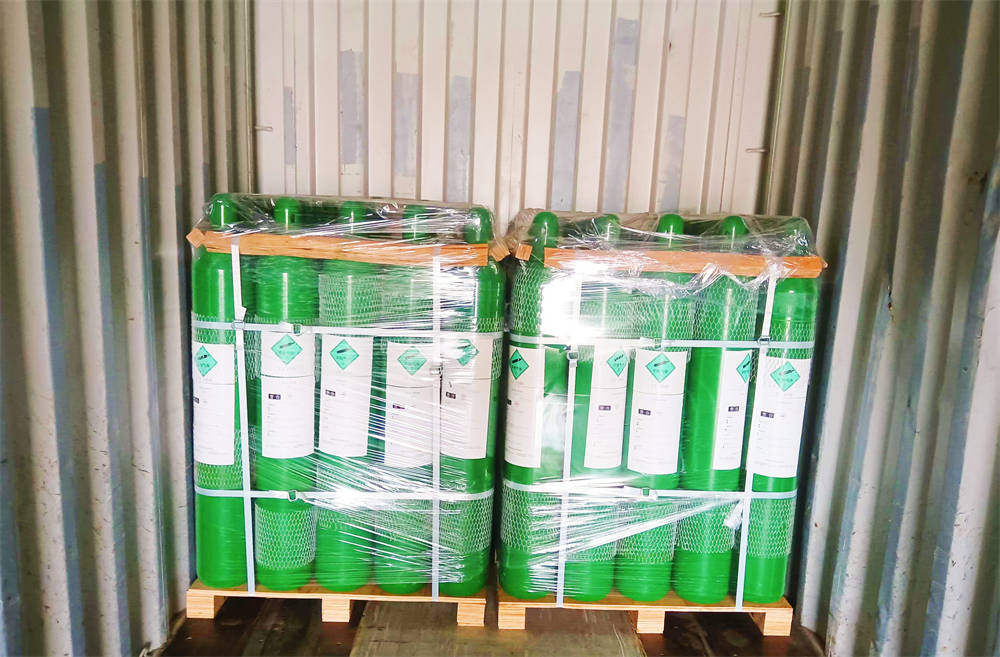Address
E02 No.509 Floor 5 Unit3 Building1 No.1700 Tianfu Avenue North Section High-tech district Chengdu City Pilot Free Trade Zone China(Sichuan)
Work Hours
Monday to Friday: 9AM - 6PM
Weekend: 10AM - 5PM
Address
E02 No.509 Floor 5 Unit3 Building1 No.1700 Tianfu Avenue North Section High-tech district Chengdu City Pilot Free Trade Zone China(Sichuan)
Work Hours
Monday to Friday: 9AM - 6PM
Weekend: 10AM - 5PM
China’s civil UAV sector utilizing high-purity hydrogen is undergoing a critical transition from technical validation to large-scale application. The following analysis covers technological breakthroughs, policy support, industrial chain development, application scenarios, and challenges/trends:

Domestic hydrogen-powered UAV technology has achieved a core breakthrough in doubling endurance. For example, the FC-30 compound-wing UAV developed by Civil Aviation Flight University of China employs a hydrogen-lithium range-extended hybrid system, with a maximum takeoff weight exceeding 40 kg and a flight duration of 4 hours—twice that of traditional lithium-battery UAVs. It can complete multiple takeoffs/landings and hovering tasks in complex environments. Beihang University’s “Beihang Hydrogen One” all-electric aero-engine, featuring an integrated design of thruster/motor/fuel cell, extends UAV cruising time to 18 minutes and ensures stable operation at -40°C. Breakthroughs in liquid hydrogen (LH2) and solid-state hydrogen storage have further expanded applications: the LH2 UAV prototype co-developed by Shaanxi Tongchen Heguang and Xi’an Jiaotong University completed its maiden flight, while Hydrogen Source Intelligence’s “LG Hydrogen-Cuiheng 1” using MOF solid-state hydrogen storage achieves a mass storage density of nearly 10%, significantly safer than high-pressure gaseous storage.
China has established a comprehensive technical standard system: the UAV Hydrogen Fuel Cell Power System (GB/T 38954-2020), issued in 2020, was the world’s first national standard, defining general requirements and testing methods for fuel cell systems. In December 2024, group standards like the Hydrogen UAV Endurance Rating Evaluation Specification further regulated endurance assessment and thermal management standards. Local governments are accelerating commercialization through subsidies and infrastructure: Chongqing, Zhongshan, and Jiangsu introduced 2025 policies supporting hydrogen UAV R&D, while cities like Zaozhuang and Zhoushan have launched demonstration projects for hydrogen UAV logistics and cross-sea inspections. The Long-Term Hydrogen Industry Development Plan (2021-2035) explicitly designates UAVs as a key area for diversified hydrogen applications, providing long-term policy support for technology transfer.
The localization rate of upstream core components has rapidly increased: companies like Guofu Hydrogen Energy (vehicle hydrogen storage systems), Yuntao Hydrogen Energy (held by Xiongtai Holdings), and Hanqing Power (90% market share in hydrogen supply systems) have cracked key technologies in hydrogen storage cylinders and fuel cells. Jiangsu Shentong’s high-pressure hydrogen valves and Jingcheng Holdings’ carbon fiber hydrogen tanks are already used in transport UAVs. Midstream UAV manufacturers have formed differentiated competition: Xieqing New Energy has built a full industrial chain of “batteries+airframes+hydrogen production/storage,” securing a ¥600 million order in 2024 with a planned annual capacity of 3,000 units. Hydrogen Aviation Technology’s “Hydrogen Ting” series power inspection UAVs have passed certification by China Electric Power Research Institute. DJI’s “Hydrogen X旋4” achieves -40°C polar flight and 30 km cross-sea endurance, with a 2025 production target of 3,000 units. Downstream applications have been implemented in power inspection (e.g., Shanxi Power Grid’s low-temperature inspections), logistics (Zhoushan cross-sea material transport), and environmental monitoring (Winter Olympics power support), validating technical feasibility.

Power inspection has become a benchmark application for hydrogen UAVs: the “Hydrogen Ting” UAV jointly developed by Zhejiang Machine Patrol Center and Hydrogen Aviation Technology passed authoritative testing, with a single inspection efficiency equivalent to 20 workers. Guangzhou Power Supply Bureau’s “Hydrogen X旋II” UAV covers 300 km² per day with an 80-minute flight time, far exceeding lithium models. In logistics, Xieqing New Energy partnered with Zaozhuang Post to test cross-city hydrogen UAV cargo transport, while DJI’s FC30 carrier UAV achieved cross-island transportation in Zhoushan, flying over 43 km. Other applications in emergency relief (e.g., extreme cold material delivery in Daxing’anling), agricultural植保 (Xieqing’s ¥600 million export order for agricultural UAVs), and plateau operations (4,500m altitude tests in Linzhi, Tibet) further validate adaptability in harsh environments.
Three core challenges currently hinder commercialization: 1) High hydrogen storage system costs (e.g., LH2 refueling equipment, high-pressure cylinders), though lifecycle costs have approached 50% of lithium systems with scaling (e.g., Xieqing’s planned 50,000 air-cooled fuel cell units); 2) Insufficient hydrogen refueling infrastructure, requiring reliance on existing stations or distributed hydrogen production (e.g., solar-powered electrolysis); 3) Unfinished safety standards and airspace management—while GB/T 38954-2020 exists, details on hydrogen tank transportation and flight approvals need refinement. With technological iteration (e.g., solid-state storage, LH2 power) and policy dividends, China’s hydrogen UAV market is projected to reach ¥2.14 billion by 2027 and ¥14.1 billion by 2030, becoming a core carrier for low-altitude economy and hydrogen industry integration.
Conclusion: China’s hydrogen UAV industry has entered an acceleration phase of technical validation-demonstration-commercial scaling. Driven by policy, capital, and market demand, it is poised to penetrate from industrial to consumer applications during the “14th Five-Year Plan” period, emerging as a global innovation hub in hydrogen aviation.
Looking for a reliable high-purity hydrogen supplier for your UAV projects? Chengdu Xenon Tritium Technology Co., Ltd. is your trusted partner. We specialize in producing 99.999%+ ultra-high-purity hydrogen gas, rigorously certified for safety and consistency, ideal for hydrogen fuel cell UAVs, aerospace R&D, and advanced industrial applications.
Why Choose Us?
High-purity hydrogen
Applications:
Contact us today to unlock the potential of clean hydrogen energy for your low-carbon innovations!
WA: +86-17348042750
Website: www.xenon-gas.com
Email: [email protected]
Powering the future of sustainable aviation—one molecule at a time.
hydrogen supply hydrogen supplier